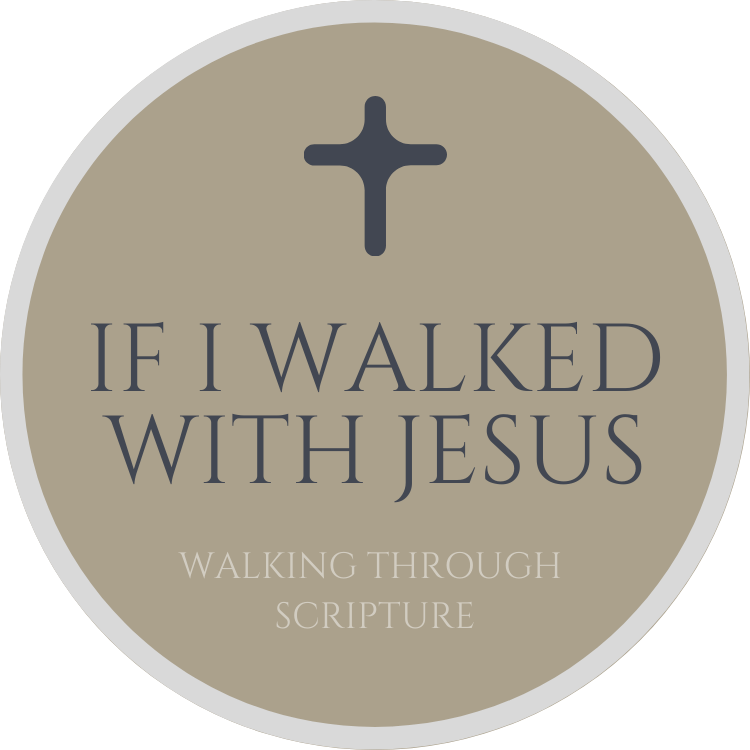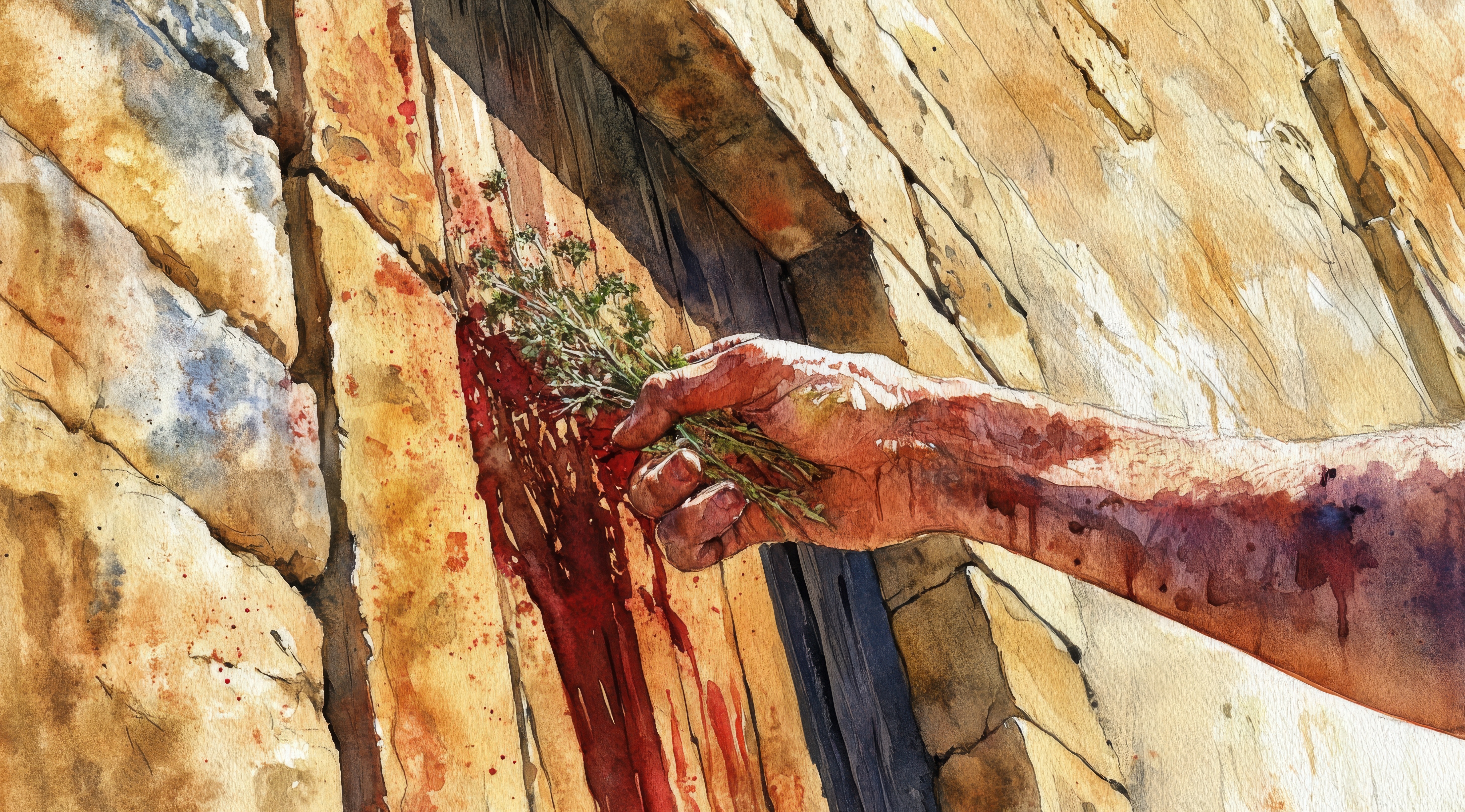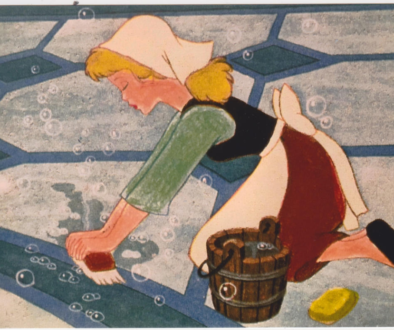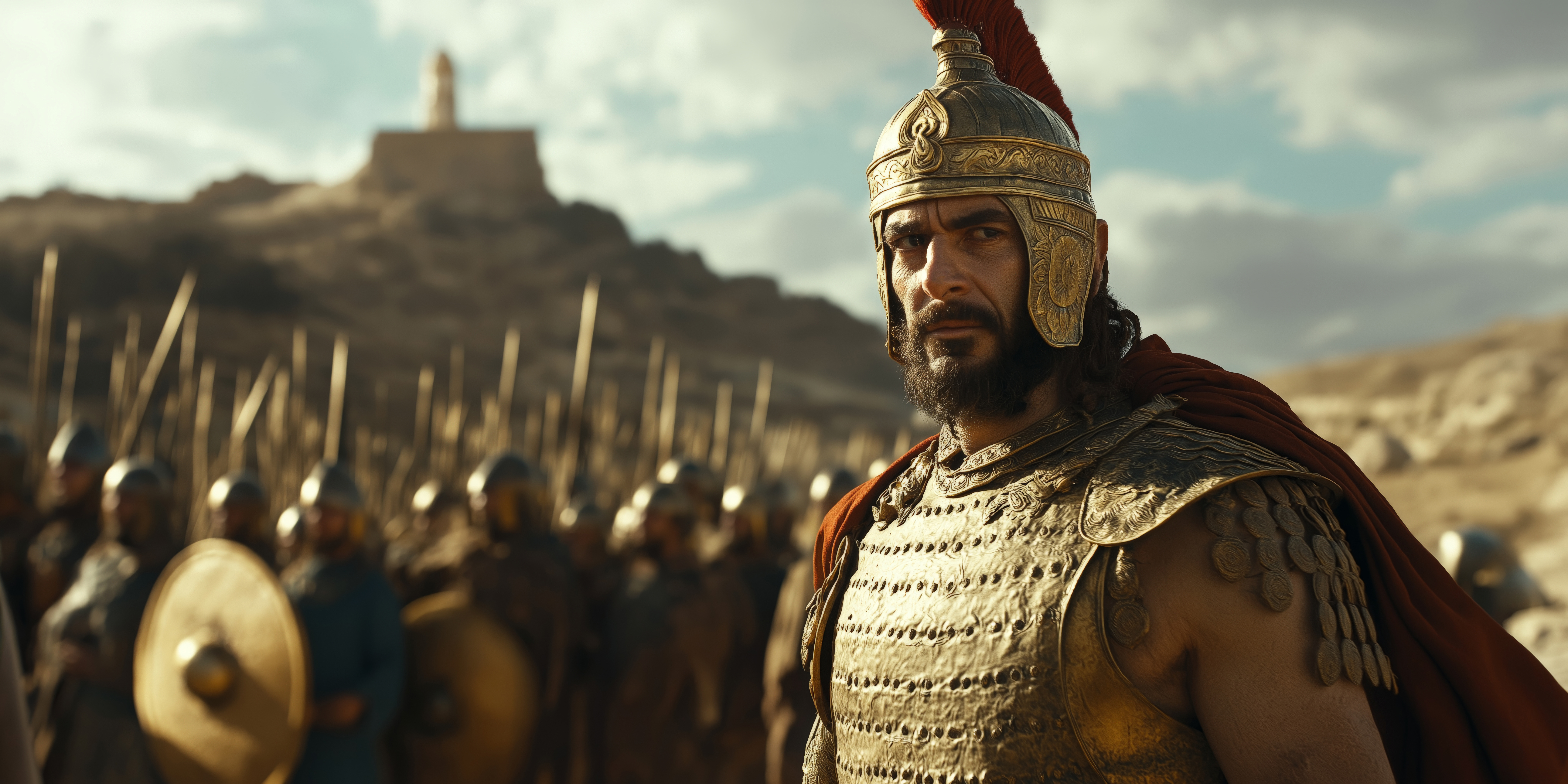Mark 14:53-65 Jesus Before the Council
Jesus has been led away from the Garden of Gethsemane by the group who came with Judas to arrest Him. He doesn’t resist or cry out. He simply goes with them to the home of Caiaphas, the High Priest. Here He will face His first trial.
We looked at this scene while reading Matthew’s gospel too. The blog where we joined Jesus here from Matthew can be found under the title: “Jesus First Trial.” In that account we put ourselves in the story again. I have to be honest with you here. I don’t know where to go with this story today. I was thinking about looking at what a “normal” trial looked like back then and seeing how it compared with Jesus’ trial.
I had to do a LOT of searching to find the answers I was looking for and of course I turned to Google to do it. I came across two very good sources that I will be pulling most of my information from. The first source is an article from The Journal of Criminal Law and Criminology, volume 31. It was very useful in describing the details of what a typical trial consisted of and laws governing the courts. All my direct quotes will be from this first source. The second source I found consists of two blog articles posted in monthly newsletters from the Restored Church of God. I’m providing links to Part 1 and Part 2, as there are no internal links on these two pages. These articles detail why Jesus’ trial was illegal and draw their arguments from very credible sources. I also looked in my latest resource: Illustrated Manners and Customs of the Bible. I only found one usable fact/reference out of that source, but it was fun looking through it anyway.
Ok. So let’s look at what a normal trial looks like in Jewish law. There are three levels of judicial bodies and they rule on different issues.
Gradually there developed three different kinds of courts: 1) the local courts consisting of three persons, frequently the elders of the community, decided only matters of small import; 2) the small Synhedrion, composed of 23 judges, was considered competent enough to dispose of most of the capital offenses; 3) the great Synhedrion, consisting of 71 judges, which was presided over by the High-priest, formed the highest court of the land.
As Jesus’ trial was purposed by those who initiated it to result in His death, it was a capital case and should have been heard by the great Sanhedrin. This was the entire complement of the Sanhedrin. Every member was required to be present to rule on a capital case.
The court would convene in the temple at Jerusalem. Their proceedings were to be public, oral, and direct. There was no secrecy here. Persons who were in any way connected with the case were precluded from being judges on that case.
After convening court evidence must be presented. A person could only be convicted by two or three witnesses giving corroborating testimony. Their testimony had to agree in both major and minor points.
There was only one thing that bore weight: the testimony of the witnesses. The law required the appearance of two witnesses, in order thus to check the testimony of one against that of the other. They had to be present at the scene of the crime and at the time when it was committed, for their testimony could not be based on hearsay.
Jewish law went even further in securing its primary objective of safeguarding judicial processes against error, especially from the error of convicting an innocent person. It was therefore not sufficient to merely present two eye-witnesses; they had to agree in their testimony concerning major and minor details. This was a foolproof method, for each witness was examined alone and thus any opportunity for a conspiracy was removed thereby. Thus the more questions the judges asked, the more were they praised. One judge, for instance, wanted to know the characteristics of a fig tree under which the crime was allegedly committed. When the answers of the witnesses did not correspond to each other, their testimony was entirely invalidated. This, however, applied chiefly to crimes involving capital punishment.
Even a direct confession from the accused was not admissible as evidence.
Confession of guilt is not accepted as sufficient proof, for fear that such a plea might be the result of suggestive questioning or compulsion. Similarly the suspicion of the jurists was aroused in the case of a voluntary confession, because they could not imagine anyone presenting himself as an evil-doer and sinner. Such a plea was thought to be caused by a mental illness, melancholy or sheer madness.
Being a “false witness” in any trial was dangerous. God takes this personally. In Exodus 23 God specifically says that He will not acquit the wicked; those who bear false witness. In the case of a capital crime, the blood of the innocent will be on the head of the false witness. Jewish law equates God’s admonishment to mean that if a witness is found to be giving false testimony in order to malign the accused, the witness will receive the punishment intended for the accused.
Once all arguments were heard, each individual judge would render his verdict. Each verdict would then be taken down by the two secretaries in the court. One recorded the guilty verdicts while the other recorded the acquittals. Procedures for rendering a verdict were very prescribed and designed to afford as much protection to the accused as possible. Every effort was taken to ensure impartiality, especially in capital cases.
After discussion, the youngest judge voted first in order not to be subjected to the influence of older ones; A majority of votes sufficed to convict the defendant. But one vote above a majority was required to pronounce the death sentence. In case all the judges rendered such a verdict, the defendant had to be acquitted, because then the former were considered to be biased. Each vote had to be supported by strong argument. It was not enough for a judge to refer merely to the argument presented by another colleague. A judgment without sufficient grounds was never accepted since the votes were not merely counted but also measured as to the weight adduced to the various arguments.
Court convened after the morning sacrifice every day except holy days and the Sabbath. Court could not convene between the evening and morning sacrifices. For capital cases, new cases were not brought on the eve of a holy day or Sabbath. It was against the law to adjourn capital cases for more than overnight or to continue them on the Sabbath or a holy day and capital cases required the judges to carefully consider the evidence overnight before rendering its final verdict.
The court was not permitted to render a verdict until the day following the close of the trial. The purpose of this was to make it possible for a judge to change his mind, since he could declare the accused innocent after some further reflection. But in no case whatsoever could a judge who had voted for acquittal reverse his opinion.
Once a verdict had been rendered, sentencing took place immediately. In capital cases extreme care was taken to ensure that an innocent person had not been convicted, right up until the moment of execution.
Though the sentence was executed at once, precaution was taken to prevent a judicial error up to the last moment. The court therefore remained in session after a death sentence was pronounced. The convict was accompanied by two court members and a herald on the way to the place of execution. The herald proclaimed the verdict and invited those who had information to speak up in behalf of the defendant. If new evidence was thus introduced or if the convict himself wished to speak again in his defense, he was brought back to the court and a new trial was begun. This could take place only two times. In order to prevent the abuse of this privilege, the convict was granted a third re-trial only if the two jurists accompanying him agreed that his request was sufficiently substantiated by new evidence.
Now let’s look at Jesus’ trials. The first thing we notice is the hour He was arrested and when His first trial took place. It was just after midnight. Far from normal court hours. He was then taken to the HOME of the High Priest. Not the lawful place to hold court. Next, false witnesses were brought in and they received NO punishment for their actions. Next, Jesus was convicted on His own words, which by all legal standards were not admissible. Then the High Priest was the first to render his verdict and it was immediate. No discussion among the judges or polling, starting with the youngest, took place. Those who sat in judgment of Jesus were OBVIOUSLY biased against Him. As their judgment was unanimously guilty, bias was evident and an innocent verdict was required by law. The full Sanhedrin was not present at Jesus’ first trial. Finally, this court did NOT wait the requisite day before rendering its verdict.
All these illegal acts were present in just this first trial. SO many more were still to come. But God had a plan He was working out His way. Jesus never once raised an objection to how the proceedings were being conducted. He even offered the one statement that sent Caiaphas over the edge. Jesus knew what His words would do to Caiaphas and I believe that is exactly why He said what He did. Caiaphas needed one last push to fully fall into God’s timeline.
Father God, it amazes me how You use the wicked and the righteous to complete Your plans. Pharaoh is one example that comes to mind. This group of religious leaders is a close second in wickedness, if You want my opinion. You got them to break so many of their hard and fast rules to meet Your timeline and overall plan.
The blood of my innocent Jesus is forever on their hands. By refusing to accept Jesus still, His blood can’t be on their hearts; only their hands and heads. Lord Jesus, thank You that You cover me fully with Your blood. Thank You that You willingly took everything they were dishing out. That You stood in that Kangaroo Court and subjected Yourself to their will. That You gave them the push they needed to end their pretense of conducting a fair trial. All for me. Not only me though. For EVERYONE who would call You Lord, both past present and future. We can never repay You for what You did for us. But we can love You and share Your love with others. I pray I do that every time I sit down to write. Thank You for that opportunity too.



